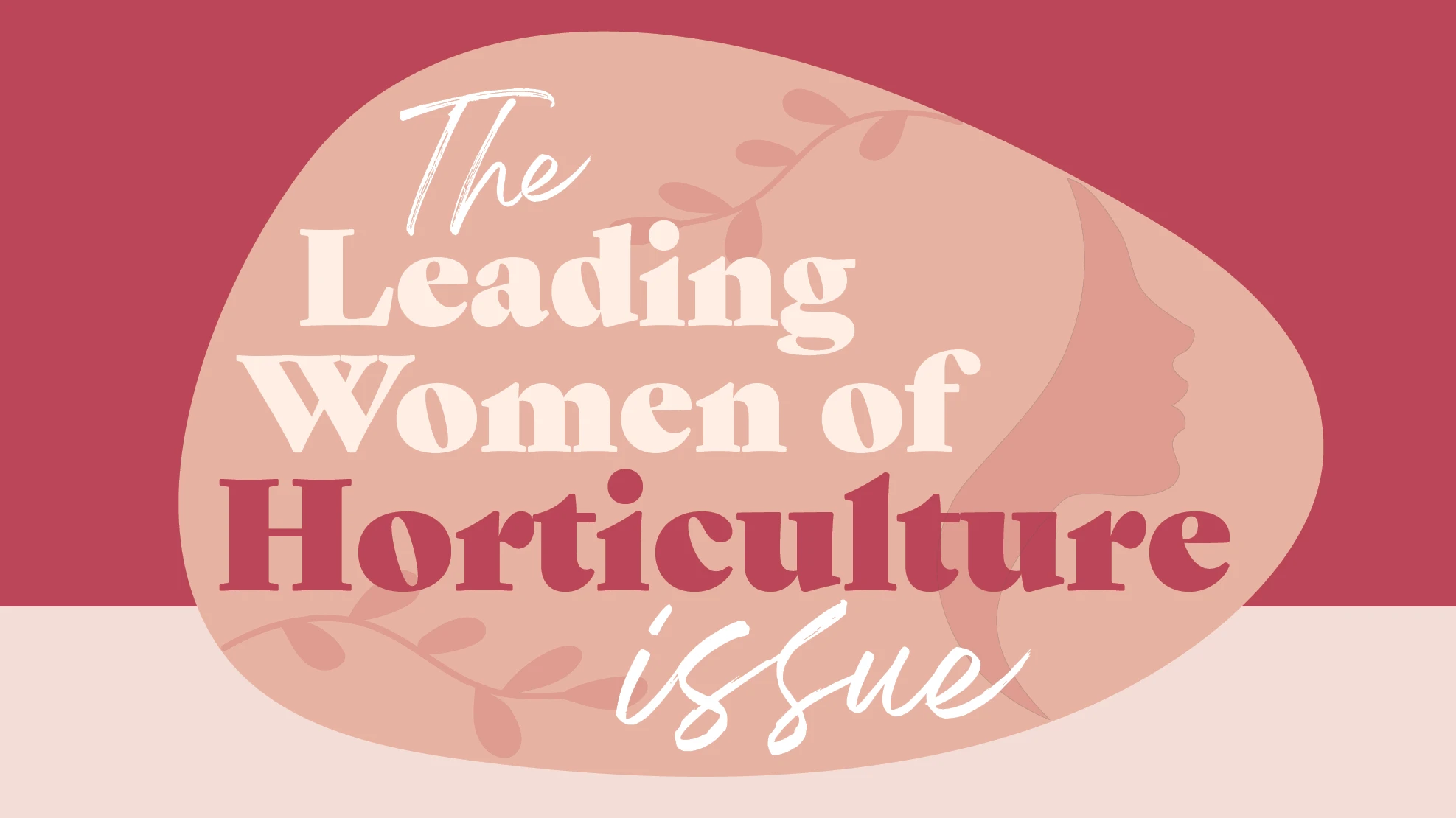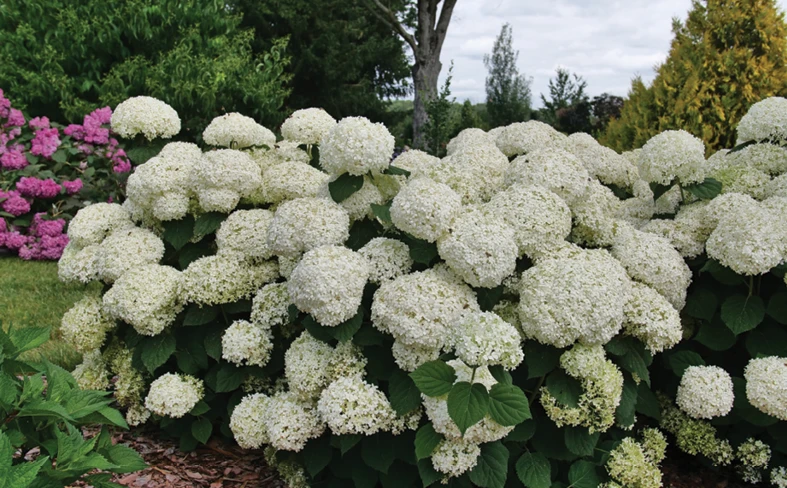Virgina Tech awarded grant to study irrigation water quality
Virginia Tech’s $2.7 million grant from the USDA will focus on best management practices to recycle irrigation water safely.
Chuanxue Hong, the project’s director, said the study will help the nursery and floriculture industry become more sustainable, enabling it to better compete in the global market. In particular, the project will search for biologically based control methods for the Phytophthora and Pythium pathogens and develop best management practices to recycle irrigation water.
“What we learn will have applications not only to crop health but also to much broader areas, such as water quality,” said Hong, who works at the Hampton Roads Agricultural Research and Extension Center in Virginia Beach, Va. “This project aims to reduce the crop health risk associated with recycling water for irrigation purposes and to answer the question, ‘How can we make the production of nursery and greenhouse crops a more sustainable industry?’”
In Virginia, researchers have identified 35 Phytophthora species from irrigation water. According to Hong, nursery and greenhouse owners faced with a water shortage have to recycle water to irrigate their crops, inadvertently causing these waterborne plant pathogens to affect their plants and, therefore, their bottom line.
“We want growers to recycle water, but we don’t want them to recycle pathogens,” Hong said.
Hong and his colleagues are examining the path of these pathogens and developing biologically based management strategies that will prevent them from reaching the pump house. “We are also studying how we can manipulate certain aspects of the water quality, such as the pH level, to kill the pathogens, and we want to know what kind of effect these water quality changes have on crops,” he said.
For more: Chuanxue Hong , chhong2@vt.edu.
Purdue to study LED lighting of plants
Purdue University’s $4.88 million grant for LED research will test if the lighting increases greenhouse yields and decreases producers’ energy costs.
“The high-intensity discharge lamps used today are inefficient. When you have acres and acres of greenhouses with these lamps in them, it really adds up,” Mitchell said. “With LED lighting, we should be able to do as well or better with much less energy.”
For more: Cary Mitchell, Purdue University, cmitchel@purdue.edu.
Hemlock hybrids resist destructive pest
New hemlock hybrids that are tolerant to the invasive insect known as hemlock woolly adelgid have been created by USDA scientists.
Geneticist Richard Olsen and horticulturist Sue Bentz of USDA’s Agricultural Research Service (ARS) teamed up with Forest Service entomologist Mike Montgomery to breed and select these tolerant hybrids.
Over the past few decades, two hemlocks native to the United States—Tsuga canadensis and T. caroliniana—have been under attack by the small sucking insect Adelges tsugae, also known as the hemlock woolly adelgid (HWA). Originally from Asia, this aphid relative has spread to forests and backyards in 17 eastern states, killing hemlock trees and devastating natural ecosystems.
The U.S. National Arboretum began a breeding program in the 1990s to develop hemlock hybrids tolerant to HWA. The scientists crossed hemlock species native to the United States with germplasm (collected in Asia) of hemlocks that have shown tolerance to the insect. Olsen and Bentz have developed 140 hemlock hybrids, 108 of which are suitable for testing.
In 2006, Olsen and his colleagues began a multi-year field trial to test each hybrid’s degree of tolerance to HWA. Testing more than 170 trees, the researchers artificially infested the hybrids by attaching HWA-infested branches to the hybrids’ lower branches and securing them with mesh bags to prevent the insects from escaping. They found the species T. chinensis and its hybrids to be most tolerant to HWA.
Plants play larger role than previously thought in cleaning air pollution
Vegetation plays an unexpectedly large role in cleansing the atmosphere, according to a study by the National Center for Atmospheric Research (NCAR). Scientists used observations, gene expression studies and computer modeling to show that deciduous plants absorb about a third more of a common class of air polluting chemicals than previously thought.
“Plants clean our air to a greater extent than we had realized,” said NCAR scientist Thomas Karl, the lead author. “They actively consume certain types of air pollution.”
The research team focused on a class of chemicals known as oxygenated volatile organic compounds (oVOCs), which can have long-term impacts on the environment and human health. The compounds form in abundance in the atmosphere from hydrocarbons and other chemicals that are emitted from both natural sources, including plants, and sources related to human activities, including vehicles and construction materials. The compounds help shape atmospheric chemistry and influence climate. Eventually, some oVOCs evolve into tiny airborne particles, known as aerosols, that have important effects on both clouds and human health.
By measuring oVOC levels in a number of ecosystems in the United States and other countries, the researchers determined that deciduous plants appear to be taking up the compounds at an unexpectedly fast rate—as much as four times more rapidly than previously thought. The uptake is especially rapid in dense forests and most evident near the tops of forest canopies, which account for as much as 97 percent of the oVOC uptake that was observed.
Once the researchers understood the extent to which plants absorb oVOCs, they fed the information into a computer model that simulates chemicals in the atmosphere worldwide. The results indicated that, on a global level, plants are taking in 36 percent more oVOCs than had previously been accounted for in studies of atmospheric chemistry. Additionally, since plants are directly removing the oVOCs, fewer of the compounds are evolving into aerosols.
For more: Thomas Karl, tomkarl@ucar.edu.
Get curated news on YOUR industry.
Enter your email to receive our newsletters.
Explore the December 2010 Issue
Check out more from this issue and find your next story to read.






